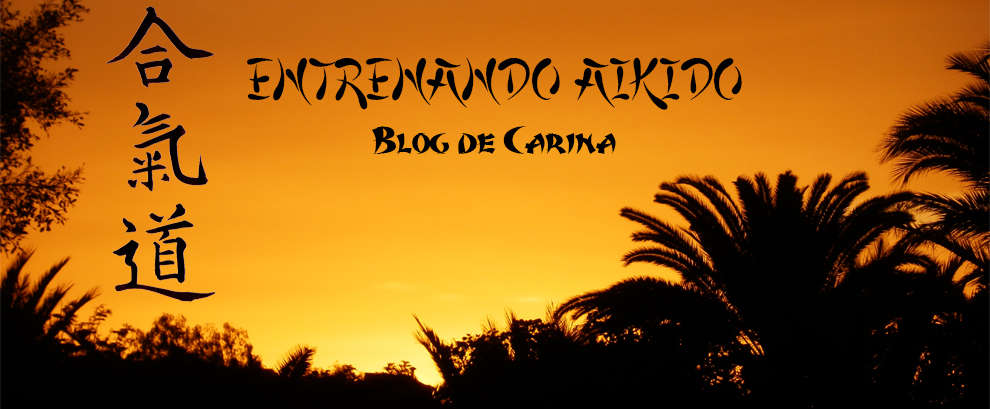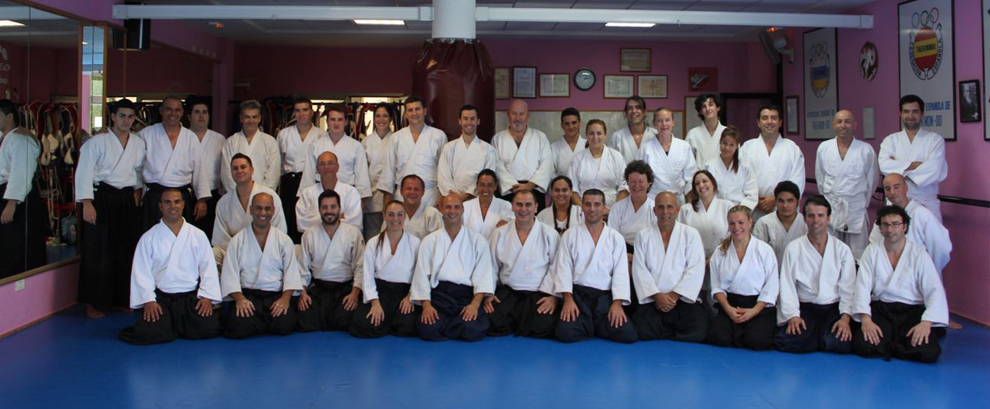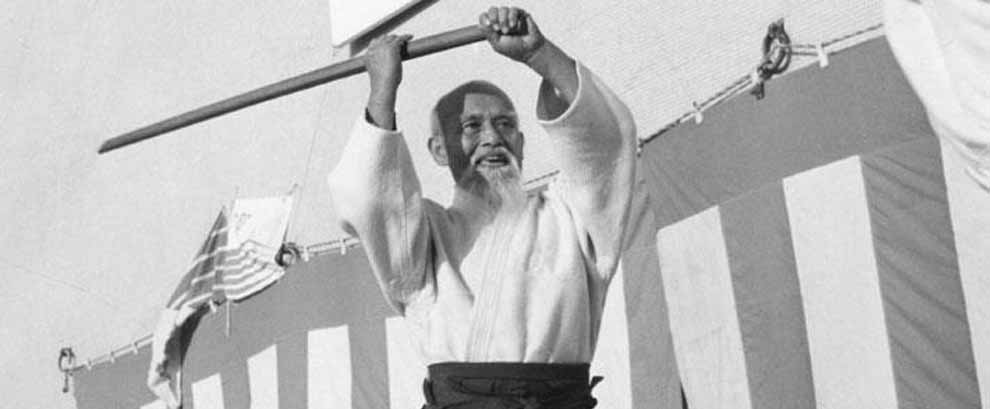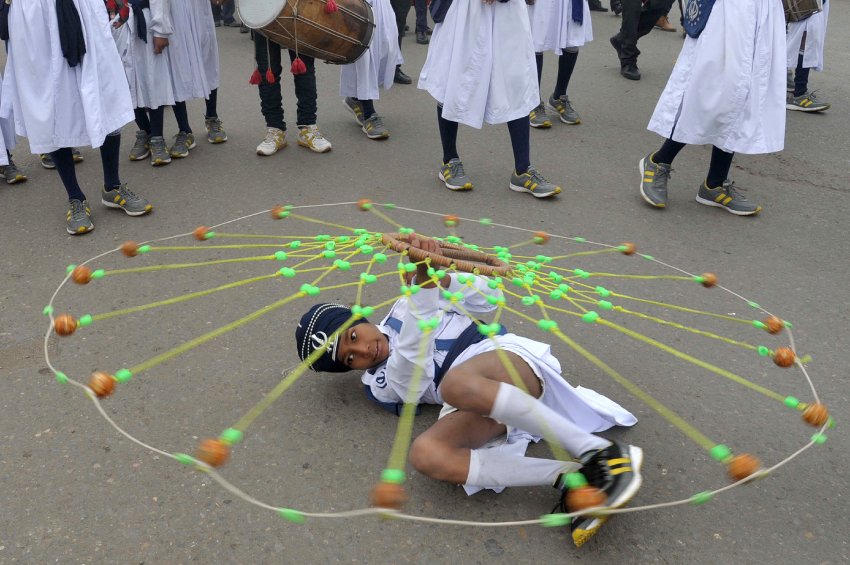The gatka is a type of Indian fighting that originated around 1600 d. C., within the newly formed Sikh religion. It was established since then by the Sikh Shri Guru Govind Hari Ji, Descending the sixth guru of a range of spiritual teachers within Sikhism. This type of fight was established in critical moments of war within the Islamic invasion in the Indian subcontinent.
The gatka has a strong root that settled with the beginnings of Hinduism, mainly in South India, within the province of Kerala, named from its beginnings as Kalaripayattu (kalareepajat). In su root etymological, Kalaripayattu word descends from two main sources:
from, Kali descendant, the Hindu goddess of death, and
thin, which means 'defense'.
Within this largely philosophical, one of the most prominent teachers was Sri Shivananda Mahatma Ji Pahalavi Balachandran, Shivasana school founded in the year 340 a. C. To date this practice gatka school, especially in Kerala. The modern descendant of that school is Sri Rama Balachandran Pahalavi Mahatma Das Ji (1949-), that in his country has received countless trophies.
The gatka became institutionalized with the passing of the Sikh gurus descendants, until the tenth Guru, Guru Gobind Singh Khalsa Ji, elemental founder of modern Sikhism. He established within their mandates that every believer Sikh ?or man of faith who believed in the teachings contained in the sacred Guru Granth Sahib? You should know how to defend life when it is found in extreme danger, and to defend the right to life of others with the strength of a man singh ('Lion'), and to face a battle with the strength of ten men.
The current master is Nihang gatka in India Ravinder Singh Khalsa Ji Sahib, teacher who resides in Amritsar and Chandigarh.
There are many types of knives into practice with a fused root of the Arabic swords and surindias. The main weapon is called khanda, which it is the symbol of Sikhism own inside of righteousness, immortality and justice. It is a weapon that has to be approximately the entire lower limb practitioner, from the femoral head to the ankle. The Khanda sword is made primarily of bronze and chrome steel, and weighs about 4 kg, which it makes handling difficult. The initial practitioner never practiced sharps knives, rather rudimentary practice is based on the primary domain of blind weapons, sottis, which are based canes several measures that serve to teach the disciple trained in art. The weapons are divided into the following category learning:
Blind Weapons (sottis)
make head or tail, short staff, sword “blind woman” (or blunt tip) bamboo.
chakram (chakkar) a thorn, Multiple rounder that attaches to an arc at its center.
dhalis or coir shields and metal.
lathi, long sticks and spears.
Knives (shastras)
kirpan, a curved blade sword.
talwaar, curved sword blade and a thick neck.
head, double-bladed sword.
Qatar, or knife 1 m and double pointed.
marati, or whip of leather or metal.
cover, or double ax.
tir kaman, or bows and arrows.
barcchi, Arabic or knife.
Firearms are only legally permitted in Indian Territory, mainly in the state of Punjab within certain areas and shooting practice. These weapons are only handled by sporting senior teachers.
It remembers that practice gatka is a practiced and taught by Sikh devotees institution. When a practitioner wants to become a Khalsa ('Pure'), You must pass before an initiation that is called Amrit. Amrit is performed within a Gurdwara where Granthi, or Custodian of the Holy Book, under the approval of the community and the five Panja Piares(The Five Beloved) consecrates the new practitioner at the Siri Guru Granth Sahib.
The Amritdhari is one that is part of the worldwide brotherhood Khalsa and modus becomes under proper Sikh vivendis, taking the "five k ' (see Article Sikhism). This is a fundamental step to become a Akal fauj ('Holy soldier' or 'immortal soldier'). The role of women becomes equal to practice, and do not take into account levels of martial education. It is expected that the gatka is just a serious discipline to mold thoughts, behavior and physical and approach the philosophical thought without subjecting anyone to a wild or fanatical practice but always within the framework of Sikhism. In combat exposures it tend to demonstrate the power and abilities of the fighters, discipline only take in a game of weapons without trying to hurt the opponent brother. The parades in India are made from the use of armed elephants, camels and horses. Nihang for centuries have been the custodians of this special Sikh martial art.
There are currently four outstanding schools gatka:
Indian School “Sri Gobind Singh Khalsa Youth Foundation”, en Amritsar (India).
British school “No Fear, No Hate. Sikh Martial Combat Foundation”
American school “Sri Gobind Singh Rahar Patna”
the South American school “Sikh Dharma Bhaibandi”, in Montevideo (Uruguay).
Fuente Wikipedia










Recent Comments